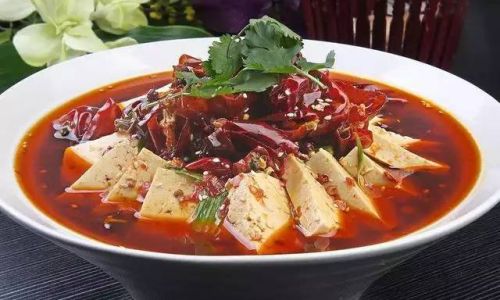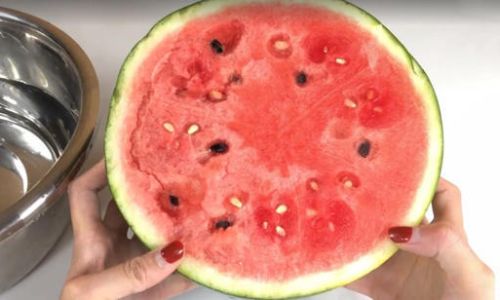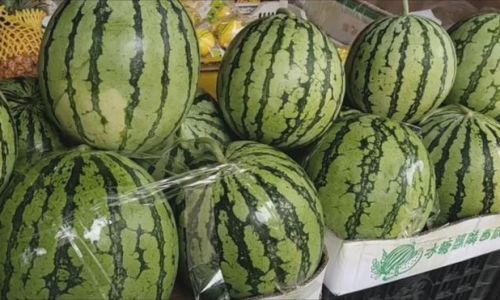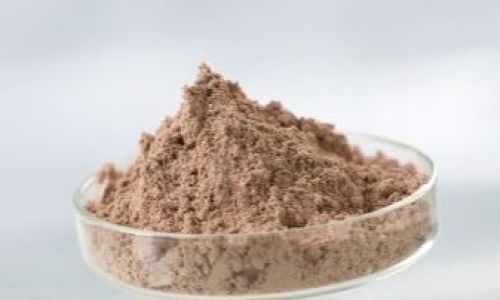Introduction
In the vast culinary landscape, boiled vegetables often stand as a testament to simplicity and purity. They are a cornerstone of many diets, celebrated for their ability to retain nutrients, enhance flavors naturally, and serve as a versatile side dish or meal component. While boiling may seem like a straightforward cooking method, mastering the art of preparing perfect boiled vegetables requires attention to detail, understanding of vegetable characteristics, and a bit of culinary finesse. This comprehensive guide aims to equip you with the knowledge and skills necessary to elevate your boiled vegetable dishes from mundane to memorable.
Understanding the Basics
Before diving into the specifics of how to boil vegetables, it’s crucial to grasp the fundamental principles behind this cooking technique. Boiling involves immersing food in boiling water, which transfers heat rapidly and uniformly, cooking the food through conduction and convection. This method is particularly suited for vegetables because it preserves their vibrant colors, textures, and nutrients when done correctly.
Choosing the Right Vegetables

Not all vegetables are created equal, and their varying textures and cooking times make a significant difference when boiling. Here are some general categories and tips for selecting the best vegetables for boiling:
-
Leafy Greens (Spinach, Kale, Collards): These cook quickly and retain their vibrant green color when blanched rather than fully boiled. Blanching involves plunging the leaves into boiling water for a brief period (usually 1-2 minutes) followed by an ice water bath to stop the cooking process.
-
Cruciferous Vegetables (Broccoli, Cauliflower, Brussels Sprouts): These vegetables have a firm texture and hold up well to boiling. They should be cooked until tender-crisp, typically 5-7 minutes.
-
Root Vegetables (Carrots, Potatoes, Turnips): Known for their starch content, root vegetables require longer cooking times to soften, usually around 10-20 minutes depending on size and variety.
-
Summer Squash (Zucchini, Yellow Squash): These vegetables are delicate and can become mushy if overcooked. Boil for just 3-5 minutes to maintain their texture.
-
Legumes (Green Beans, Peas): These cook relatively quickly and retain their bright color and crisp-tenderness when boiled for about 5 minutes.
Preparation Techniques
Proper preparation is key to successful boiling. Here are some steps to follow:
-
Cleaning: Thoroughly wash vegetables under running water to remove dirt, pesticides, and other contaminants. For leafy greens, a soak in cold water with a vinegar rinse can help remove trapped dirt.
-
Trimming: Remove any stems, leaves, or tough outer skin as needed. For example, peel potatoes and carrots, trim broccoli stems, and remove the ends of green beans.
-
Sizing: Cut vegetables into uniform pieces to ensure even cooking. Smaller pieces cook faster, so adjust accordingly based on your desired doneness.
Boiling Process
Now, let’s delve into the actual boiling process. Follow these steps for optimal results:
-
Water Quality and Quantity: Use fresh, clean water. The amount of water needed depends on the quantity and type of vegetables but generally, a large pot filled halfway with water is a good starting point. Aim for a ratio of about 4-6 cups of water per pound of vegetables.
-
Seasoning the Water: Adding a pinch of salt to the boiling water can enhance the flavor of the vegetables. Avoid excessive salt, as it can draw out moisture and make vegetables soggy.
-
Bringing to a Boil: Heat the water over high heat until it reaches a rolling boil. This ensures rapid heat transfer once the vegetables are added.

-
Adding Vegetables: Carefully lower the prepared vegetables into the boiling water using a slotted spoon or basket. Avoid overcrowding the pot, as this can reduce the water temperature and prolong cooking time.
-
Cooking Time: Monitor the cooking time closely, starting with the shortest estimate for your chosen vegetables and testing for doneness with a fork or knife. Vegetables should be tender but not mushy.
-
Testing for Doneness: Remove a piece of vegetable and check its texture. It should be easily pierced with a fork but still hold its shape. Overcooked vegetables lose their color, texture, and nutrients.
-
Draining: Once cooked, quickly remove the vegetables from the boiling water using a colander or strainer. Shake off excess water but avoid rinsing with cold water, as this can wash away flavors and nutrients unless you’re blanching for preservation.
Finishing Touches
Boiled vegetables can be enjoyed as is, but a few finishing touches can elevate their taste and presentation:
-
Seasoning: Freshly cooked vegetables benefit from a sprinkle of sea salt, black pepper, or a squeeze of lemon juice to brighten their flavors.
-
Herbs and Spices: Incorporate fresh herbs like parsley, chives, or dill for an aromatic boost. A pinch of garlic powder, paprika, or cumin can also add complexity.
-
Sauces and Dressings: Light vinaigrettes, yogurt-based dressings, or a drizzle of olive oil can add richness and depth without overpowering the natural flavors of the vegetables.
-
Serving Temperature: While hot boiled vegetables are delicious, they can also be served at room temperature or chilled, making them versatile for various dishes and seasons.
Storage and Reheating
If you have leftover boiled vegetables, store them in an airtight container in the refrigerator for up to 3-4 days. To reheat, steam them gently over boiling water or microwave until warm, taking care not to overcook and turn them mushy.
Conclusion
Boiling vegetables might seem like a basic cooking skill, but mastering it can transform your meals from ordinary to extraordinary. By understanding vegetable characteristics, preparing them correctly, and paying attention to detail during the boiling process, you can create vibrant, nutritious, and flavorful dishes that complement any meal. Remember, the beauty of boiled vegetables lies in their simplicity and versatility, allowing you to explore endless possibilities in the kitchen. Happy boiling!






0 comments